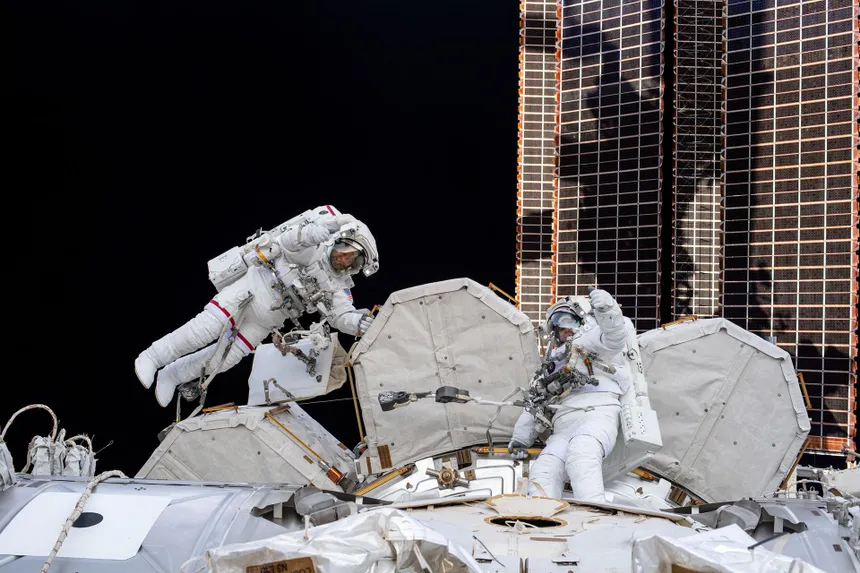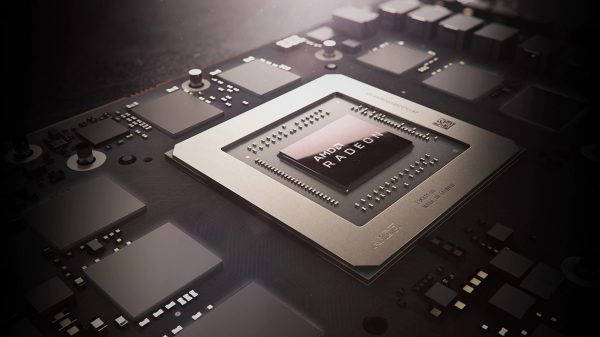NASA’s Space Launch System (SLS) rocket is gearing up for its most ambitious mission yet, the Artemis II, which will send four astronauts to space next year, with a thrilling encounter with the lunar surface coming within 80 miles. In preparation for this epic journey, the rocket’s core stage, measuring 213 feet tall, has goed on a leisurely voyage on a barge headed for the Kennedy Space Center in Florida.
The historic journey began with the core stage departing NASA’s Michoud Assembly Facility in New Orleans, where it was carefully transported 1.3 miles to the Pegasus barge. Boeing Space, a key manufacturer of the rocket, shared footage of the awe-inspiring moment when the rocket booster began its journey. The core stage will now sail 900 miles to the Kennedy Space Center, where it will undergo final outfitting and testing ahead of the highly anticipated Artemis II moon mission, currently set for September 2025.
The SLS rocket, which boasts an impressive 8.8 million pounds of thrust at launch, has flown only once before, in 2022, successfully carrying the Orion spacecraft to space in a test of both the rocket and the spacecraft ahead of next year’s crewed flight. The Artemis II mission will mark a major milestone in NASA’s lunar exploration program, making humankind return to lunar orbit for the first time since the Apollo 17 mission in 1972.

NASA’s Powerful Space Launch System gos on Epic Journey
The core stage being transported by the Pegasus barge includes the cryogenic liquid hydrogen and liquid oxygen tanks that will feed its four RS-25 rocket engines, as well as the vehicle’s avionics and flight computer. According to NASA, a successful Artemis II flight will pave the way for Artemis III, which will aim to land the first woman and the first person of color on the lunar surface.
The plan is for the SLS rocket to send the Orion spacecraft to a lunar orbit, where it will dock with SpaceX’s Starship spacecraft, which will then transfer the two astronauts to the lunar surface. However, due to ongoing testing of the Starship vehicle, the date for Artemis III may potentially slip. Nevertheless, NASA remains optimistic that it can achieve its goal of getting the first Artemis astronauts onto the moon before the end of the decade.
The Artemis II mission is a significant step forward in NASA’s long-term plans to return humans to the lunar surface and eventually send them to Mars. The success of this mission will not only mark a major achievement in space exploration but also pave the way for future lunar missions, including the historic Artemis III, which will see the first woman and the first person of color set foot on the moon.









































